
Life Insurance When Travelling
Life Insurance When Travelling: What You Need to Know We’ve all heard the phrase that ‘travel broadens the mind’, and there is no denying that
The Great Barrier Reef is an incomparable ecosystem. Known as an Australian icon and a World Heritage Area, it is one of Earth’s most important marine ecosystems. Tourism here accounts for a considerable percentage of the economy for cities in Far North Queensland like Townville, Port Douglas, and Cairns, for the state of Queensland, and Australia as a nation.
Table of Contents
ToggleAs the world adjusts to the situation presented by the COVID-19 pandemic, tourism on the Great Barrier Reef has temporarily stopped. However, this does not mean that the tour operators are doing nothing and only wait for restrictions to be lifted to resume regular operations.
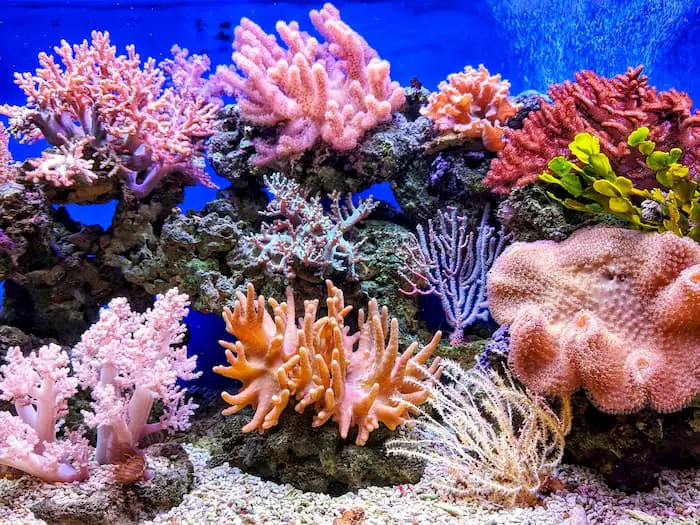
This year, 2020, it is seen that coral reefs are experiencing mass bleaching. This phenomenon indicates that corals are stressed from the waters around them because of the increasing temperature. According to Professor Hughes, this was documented by surveying 1,036 sections of the reef, which appears to rank second to 2016.
The world’s oceans, which absorb more than 90% of the heat trapped by greenhouse gases, are warming up 40% faster on average than scientists estimated six years ago.
For corals, the stress from these warming waters usually leads to death. In the past, the recovery can be done after the cooling process, a process that could take 10 to 15 years. Recently, a wide range of species of coral reefs worldwide is experiencing mass die-offs.
The pace of the acceleration in bleaching was fast. This occurred between 2002 and 2016, but from 2016 up to now, there already had three severe events.
The Great Barrier Reef is not entirely dead. It is still vast enough to support the swaths of healthy coral. However, in some reef areas, the colourful corals before are now brittle and broken, white, or grey and covered with bacteria.
Corals are sensitive creatures. These are tiny polyps that gather algae that convert sunlight into food, forming colourful colonies that build a limestone structure on which to live. They can stay in warm water, but only up to a point. A two or three degrees Fahrenheit of excess warming can kill them.
During the Southern Hemisphere summer, the temperatures in February were far above that. On the record, it was the warmest month for water temperatures near the reef, with more than 5 degrees Fahrenheit above average for the time of year.
Professor Hughes believed that the recent heat waves created a cumulative effect that alters the reef’s makeup. The staghorn coral and other root and branch corals with spaces that give protection to fishes are the coral species most likely to bleach and die. On the other hand, brain corals are species that are likely to survive. These corals are less valuable to fish and other wildlife but play a role in protecting against coastal erosion.
Professor Hughes added that the ripple effect could be significant. Millions of people get their protein from reef fish, which is already affected by the Great Barrier Reef’s bleaching events. Many scientists worry that reduced food supply could become a humanitarian crisis.
However, before the COVID-19 forced lockdowns happened, Tracy Ainsworth, a marine biologist at the University of New South Wales, started to work with a team on Heron Island to see the bleached coral reefs in the southern section of the Great Barrier Reef.
The corals started to show stress signs in January, the same month when the bush-fire crisis in Australia reached its apex.
Professor Ainsworth is not surprised as it is expected in many ways. She noted about these two decades ago that coral reefs would be at risk if humans did not address climate change.
Climate change has the worst effect on the Great Barrier Reef. Scientific evidence indicates that the ocean and the Earth’s atmosphere are warming and that these changes are due to greenhouse gases from human activities.
When the temperature rises, mass coral bleaching events occur, and infectious disease outbreaks are becoming more frequent. Moreover, the carbon dioxide absorbed into the ocean from the atmosphere has begun to reduce calcification rates in reef-building and reef-associated organisms, which decreases the pH of the seawater chemistry. This process is called ocean acidification.
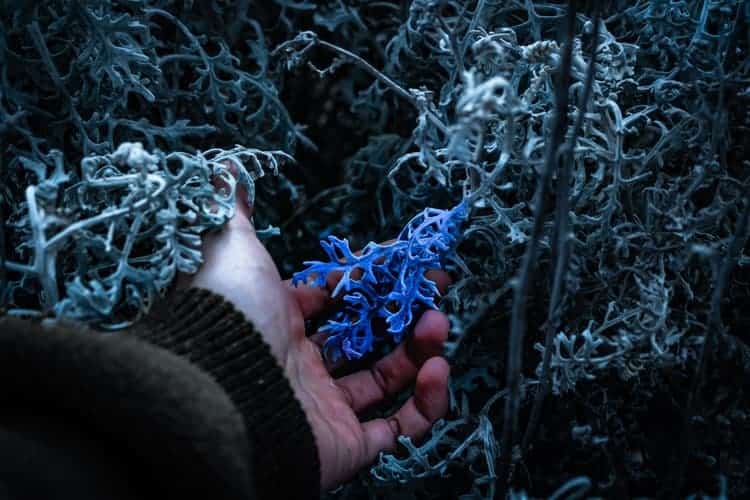
Climate change not only affects the coral reef ecosystems, but also changes the sea level rise, the frequency and intensity of tropical storms, and ocean circulation patterns. If all these events happened, it would dramatically alter the ecosystem and the people’s resources worldwide.
Passions of Paradise, a tourism operator in Cairns, has used this industry shut down to focus on various scientific partnerships. Besides providing survey data for the Great Barrier Reef Marine Park Authority’s Eye on the Reef program, Passions of Paradise has also become a vital partner in Sydney’s Coral Nurture Program at the University of Technology. It also spent the shutdown planting coral at two of its reef sites.
The Australian and Queensland Government Coral Abundance Challenge funded the project, The Coral Nurture Program, developed by a team of scientists consisting of Dr Emma Camp, Associate Professor Dave Suggett, Wavelength Owner John Edmondson, and PhD student Lorna Howlett. The team has collaborated with five tour operators in the Cairns and Port Douglas Area: the Quicksilver Group, Sailaway, Passions of Paradise, Ocean Free and Ocean Freedom, and Wavelength Reef Cruises.
In June 2019, the Proof of Concept stage saw these operators, under Professor Sugget and his team’s guidance and supervision, start out planting coral fragments onto the reef structure at some of their sites on the Great Barrier Reef.
Even if Passions of Paradise had to cease its daily tourism operations since March 22, 2020, Alan Walish, the Founder and Managing Director, has donated the vessel to continue the Coral Nurture Program, to plant over 2000 coral fragments across two locations on Hastings Reef, named “Stepping Stones” and “1770”.
Alan says that Hastings Reef provides an excellent opportunity to acquire this program and put an intensive effort in enhancing the reef’s natural ability to heal itself. Hastings has encountered many challenges in the last decade, from the Cyclone Yasi in 200, the Crown-of-Thorns Starfish outbreak of 2012-2013, and the mass bleaching events of 2016, 2017, and 2020.
Initially, what concerned them most was the shutdown effect on the business; however, one thing that is good about this is the resilience of the reef locations. During the ten weeks of the shutdown, the crew has used this to plant about 1500 coral fragments. This has resulted in continual signs of natural improvement every year.
The Coral Nurture Program has the core in the process of coral fragmentation. While many people are familiar with budding, the asexual result of individual coral polyps cloning themselves to build colonies, and spawning, the sexual method of reproduction corals use. Many are unaware that corals have the third method of reproduction called fragmentation.
Russel Hosp, the Environmental Manager and Master Reef Guide of Passions of Paradise, explained the process. Most of the general public assumes that if the large coral structure is damaged, either by breakage from wildlife, severe weather, or other impacts, the entire coral colony will die. But this is not the case. In fact, the coral colony can recover quickly from pieces being broken off because of its remarkable regenerative ability.
For example, if the staghorn coral is broken off, the main colony, currents, tides, and other natural phenomena can carry those fragments across the reef. Suppose these get stuck in a particular area where it cannot move. In that case, the corals in the fragments will start to excrete extra calcium carbonate – the building material of hard corals and secure themselves into that location. They can grow an entirely new colony.
Russel and his team, including Marine Biologist Kirsty Whitman, have used the shutdown to use the coral clip to affix occurring coral fragments to the reef structure naturally. This unique process can plant the coral fragments quite quickly.
Since the March 22 shutdown, Passions of Paradise has been able to undertake four coral planting trips, and the crew has been able to so far plant about 1500 coral pieces in total. This is a great start for the environment at Hastings Reef.
According to Alan, they have always had a strong partnership with different scientific projects and organisations. They have hosted scientists specialising in corals, invertebrates, and sharks and rays. They ensure that they are going to continue this program until they can retake the passengers. Their goal is planting 2000 coral fragments; if they can achieve that, they will try for more.
During the shutdown, the focus work for the crew at Passions is planting corals on the reef itself. However, another aspect that kept the crew busy is maintaining and adding six coral nurseries, located at 1770. Scott Garden, the CEO of Passions of Paradise, believe that these nurseries are the major part of the Coral Nurture Project.
Scott explains that finding coral fragments during a dive can be pretty easy to extremely difficult. The idea of having nurseries is that they can attach some coral fragments they find to these underwater nurseries. The nurseries are large aluminium lattice frames, about the size of a household door.
As the program permits, as the corals are grown, they can break the fragments off from their nursery and attach them to the reef structure. This process is similar to the way a gardener will take plant cuttings, help them mature, and place the new plants in other areas.
The nurseries are not only beneficial to the crew in creating stocks or coral to transplant to the reef but also serve as a piece of exciting information to share with guests. Introductory and certified divers can dive near the frames and permit the crew to share this with guests.
Russel added that this had been a real shift over the last decade, as visitors to the reef will expect not only a five-star experience but also an authentic encounter with a high standard operator. This company shows a commitment to the conservation of the reef ecosystem. They believe that sustainability is not just window dressing, but they want guests to know they walk when it comes to conservation and sustainability.
As the Australian government slowly eases the COVID-19 restrictions, the company hopes that the day trips continue to succeed while continuing to plant coral fragments and monitor their nurseries. Alan said that the Great Barrier Reef is many things to many people, most especially to Australians. Their commitment is to conserve and give mother nature a say in everything they do.
Coral reefs are threatened by climate change, bleach, and storms. Now, divers can help restore them by supporting the coral replanting programs in Australia. This is best done during COVID-19 as there are zero to limited guests only allowed around the Great Barrier Reef.
So, how do divers can help? Divers can collect fragments from the ocean floor that have been knocked off reefs by waves or storms. Then, divers can tether healthy pieces to the substrata of reefs at nearby sites. For some areas with underwater nurseries, coral fragments can be placed there before replanting.
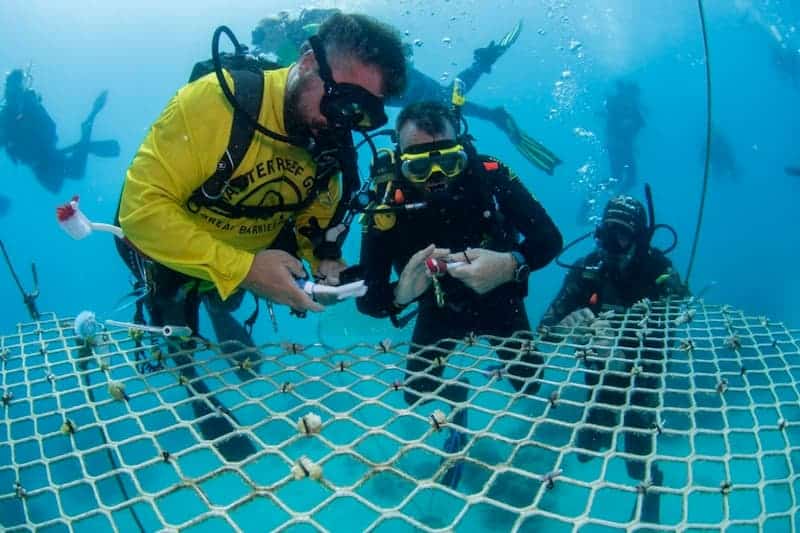
Image courtesy of scubadiverlife.com

Life Insurance When Travelling: What You Need to Know We’ve all heard the phrase that ‘travel broadens the mind’, and there is no denying that
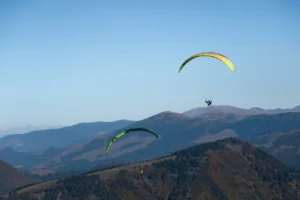
One of the most astounding activities that combines an adrenaline rush and stunning views is skydiving. It is an experience like no other. There are
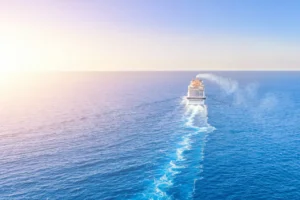
Luxury cruises offer a distinctive travel experience, going beyond the typical cruise vacation. It’s a way to explore the world in style, comfort, and an
Subscribe to our newsletter for special promotions and our latest news
Copyright © 2021. Website & SEO Melbourne by
SEOEmpire.com.au